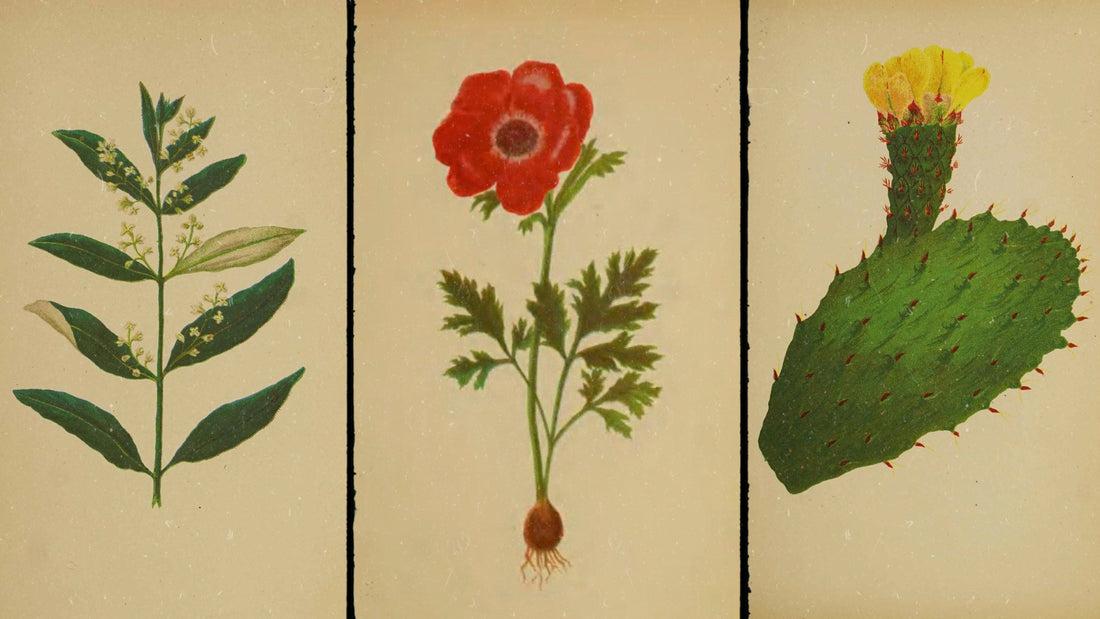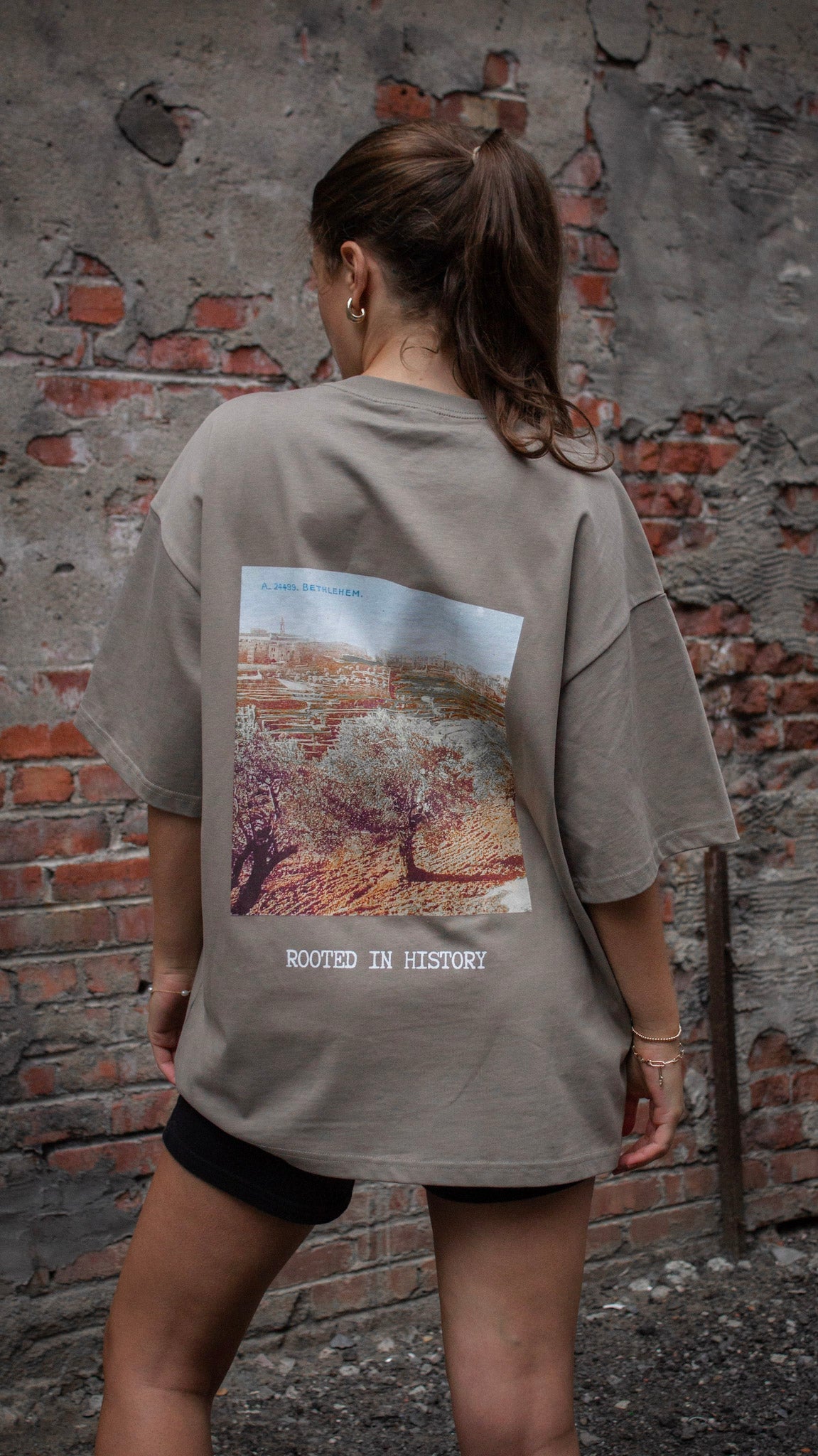
Wild Flowers of the Holy Land (1876)
Share
Our newest flower t-shirt collection — featuring the olive flower (زهرة الزيتون), cactus flower (زهرة الصبار), and poppy flower (زهرة الخشخاش) — draws directly from an illustrated botanical book published in 1876: Wild Flowers of the Holy Land by Hannah Zeller.
Zeller, a Swiss artist who lived in Palestine during the 19th century, created one of the earliest visual records of the region’s native plants. Her delicate watercolor illustrations were based on real flora found in the hills, valleys, and fields of what is now modern-day Palestine. At a time when photography was still developing, Zeller’s work served as both scientific reference and artistic preservation.
Each flower in our collection carries deep cultural and historical significance:
The Olive Flower (زهرة الزيتون): A symbol of rootedness and continuity, the olive tree has been cultivated in Palestine for thousands of years. Its flower represents peace and persistence.

The Cactus Flower (زهرة الصبار): Long associated with Palestinian steadfastness, the cactus thrives in harsh conditions — just like the people it represents.

The Poppy Flower (زهرة الخشخاش): Often seen across the land in spring, the poppy is a symbol of hope, rebirth, and memory.

At FALASTIN, we believe that heritage lives not only in books and museums — but also in what we wear.
100% of profits from this collection are donated to United Palestinian Appeal.

